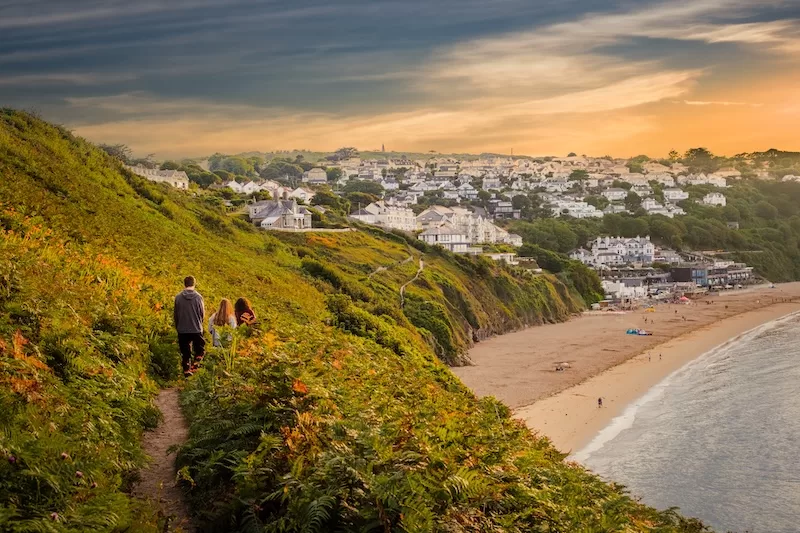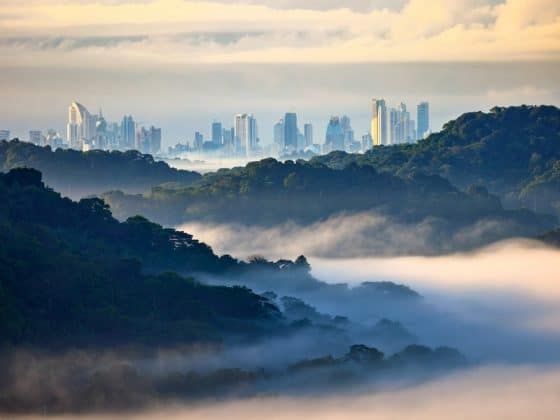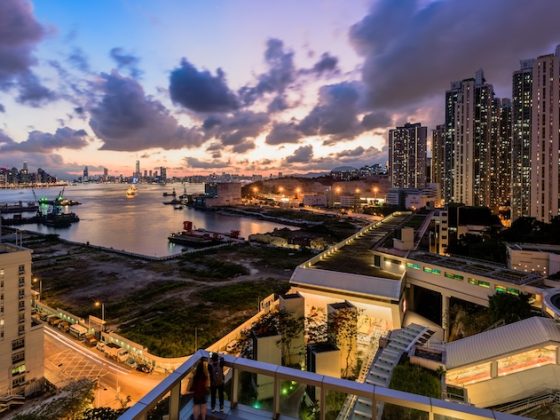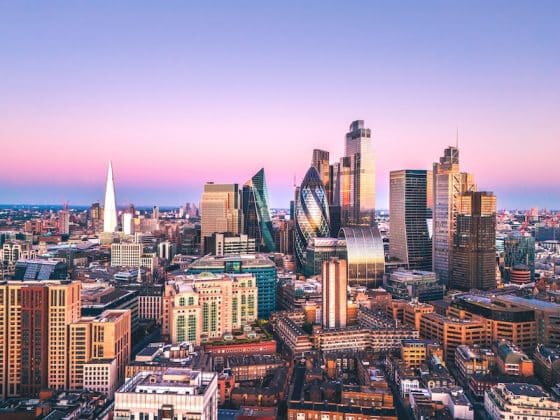A few hours’ drive from the bustling metropolis of London lies a region that stands as an alternative to what we associate with modern UK living. Cities like London or Manchester, with their fast pace, high pressure, and constant demand for reinvention and trend chasing, are a far cry from this western peninsula—a place that lives on its own terms and remains deeply connected to its history and mythology.
At the edge of England, land meets sea in a sweep of rugged cliffs, wild moorland, and fishing coves. The air is often heavy with salt and rain. Life here feels slower, older — untouched by the pace that defines the rest of the island. Life in Cornwall, or Kernowas it’s known, has its own language, culture, and rhythm, distinct from the mainstream idea of Englishness.
A Region Shaped by Isolation
Remote and windswept, this corner of the island is covered in valleys and coastal paths. It is one of the oldest inhabited regions of England, scattered with Neolithic tombs and ancient stone circles. During the 19th century, Cornwall became a global center for tin, copper, and china clay mining. When the industry collapsed, it left behind hundreds of deserted shafts and engine houses, many now reclaimed by nature. Archaeologists suggest that the density of stone circles and barrows in places like West Pen with reflects a sacred landscape revered by the island’s earliest settlers. Later, the Celts made this their home, giving rise to the identity that still endures today.
Up until the Middle Ages, life in Cornwall remained largely autonomous, its lords holding powers and privileges unmatched elsewhere in England. When King Henry VII commissioned historian Polydore Vergil to write a history of England in 1622, Vergil described Britain as being divided into four parts—naming Cornwall as one. Over time, however, the monarchy pressed closer, drawing it into the English fold. The Cornish rose up against the Crown in 1497 and again in 1459, resisting the imposition of English rule and language. Many locals spoke no English at all until the 17th century.
Read more like this: Things to Know If You’re Moving to England

Cornish Identity Today
The Cornish identity is very much alive—and not merely nostalgic. In 2014, the UK government officially recognized the Cornish as a national minority under the Council of Europe’s Framework Convention for the Protection of National Minorities. A decade later, in 2024, parades and celebrations filled towns across the region to mark the anniversary.
The Federation of Old Cornwall Societies, founded in 1924, continues to organize traditional festivals such as midsummer bonfires and harvest rites, rituals that keep the old customs burning bright.
Politically, the county carries a growing sense of pride and purpose. Some campaign for independence, others for greater autonomy, though most favor a “Cornish Assembly”—a regional body to manage housing, health, and education locally rather than from Westminster. In July 2025, Cornwall Council passed a motion recognizing the region as the “fifth nation of the UK.” Polls show Cornish culture and language are thriving, yet the desire for full political independence remains a minority view.
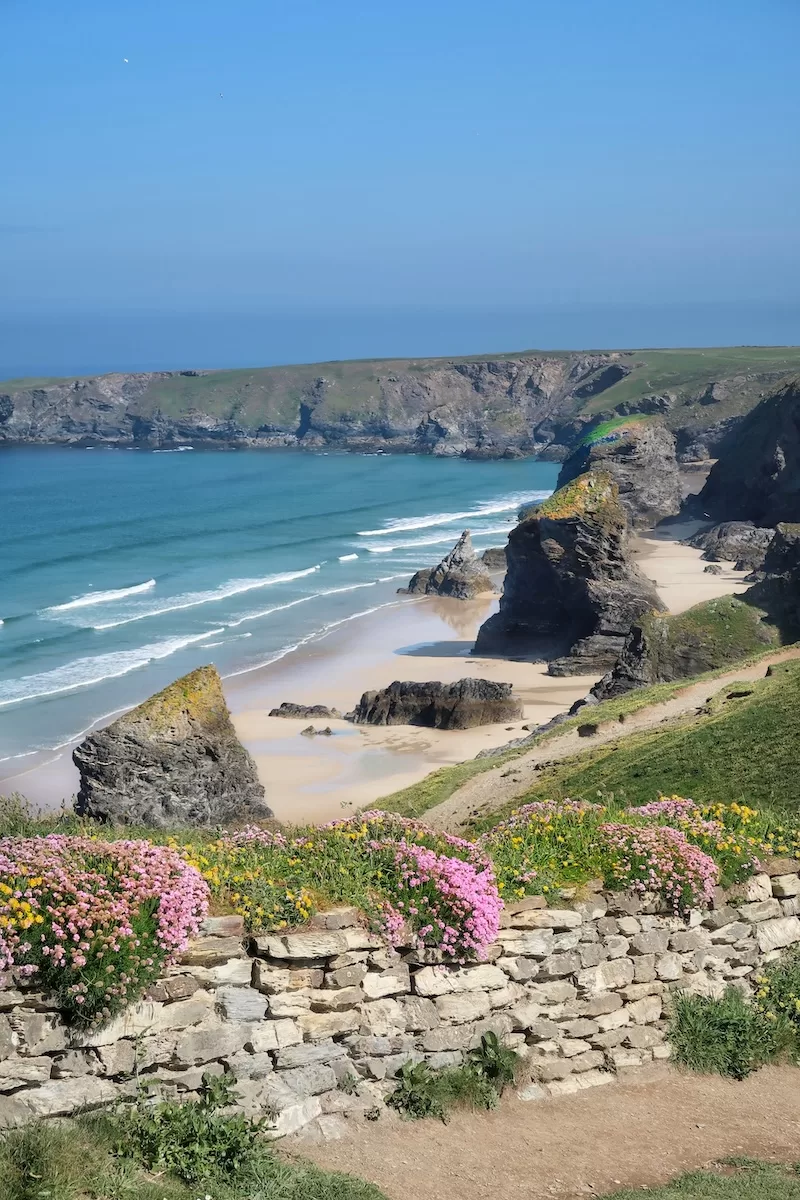
The Allure of Life in Cornwall
To outsiders, this land on the edge feels timeless. The Great Cornish Outdoors blog describes it as a place where people “just seem to go at their own pace,” surrounded by coastlines, moors, hidden beaches, and the South West Coast Path. With 630 miles of coastline, few homes lie more than 20 miles from the sea.
The Cornish Life blog highlights a sense of community and countryside living—a return to belonging that makes it one of the UK’s most desirable regions. In 2021, Cornwall overtook London as the most searched destination for homebuyers on Rightmove. The surge in popularity pushed property prices up nearly 50 percent since then, making even modest cottages unaffordable for many locals.
A growing number of second homes have worsened the problem. In towns like Rock, around 42 percent of properties are owned as holiday homes, leaving villages half-empty through winter. In April 2025, the council moved to double taxes on second homes in an effort to restore local balance.
Read more like this: Summer in London
The pandemic housing boom that drove these prices has begun to ease, where a Financial Times report noted recent declines of up to 10 percent in some areas. Yet new developments, such as Langarth Garden Village near Truro, continue to stir debate. The project plans 3,550 homes for 10,000 residents, though only 35 percent are designated affordable. These developments test the fine line between progress and preservation.
Still, Cornwall’s pull remains undeniable. Its fishing coves, sea-worn taverns, and wild cliffs evoke a calm that feels lost in much of modern Britain. Even as newcomers arrive, life in Cornwall has retained its essence. According to the most recent census, 563 people listed Cornish as their main language, and officials estimate between 2,000 and 5,000 residents now have some ability in it.
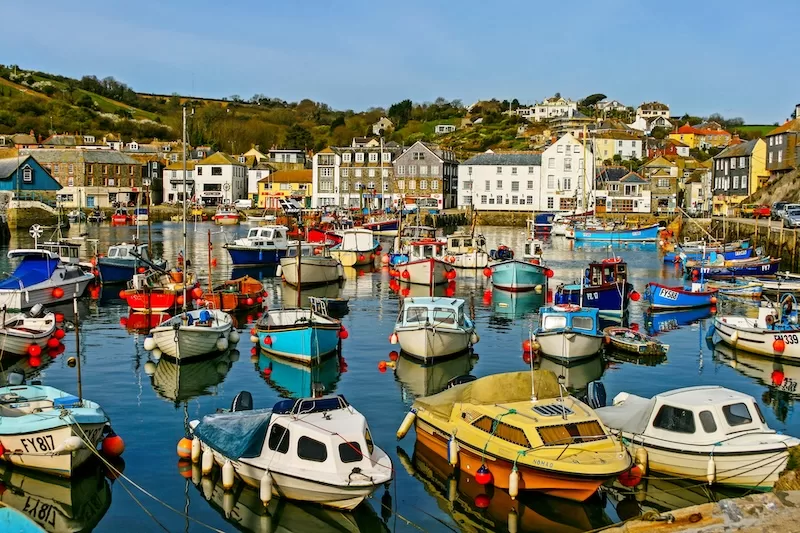
Enduring Cornwall
Cornwall is not a utopia. Life here can be hard; parts of it are poor, broadband unreliable, and public transport limited. Yet its endurance is what defines it. The region carries its past like the wind that moves over its hills—steady, unyielding, and always present.
For those who live here, or who find themselves drawn back to its edge, life in Cornwall offers something the rest of the country has long misplaced: a quiet strength that asks for nothing, yet stays with you long after you’ve gone.
Read more like this: The Most Underrated Countries to Visit

About the Author
Ethan Rooney is an Irish journalist covering global communities, culture, and niche movements.
Contact Author
"*" indicates required fields
Stay Ahead on Every Adventure!
Stay updated with the World News on Escape Artist. Get all the travel news, international destinations, expat living, moving abroad, Lifestyle Tips, and digital nomad opportunities. Your next journey starts here—don’t miss a moment! Subscribe Now!
